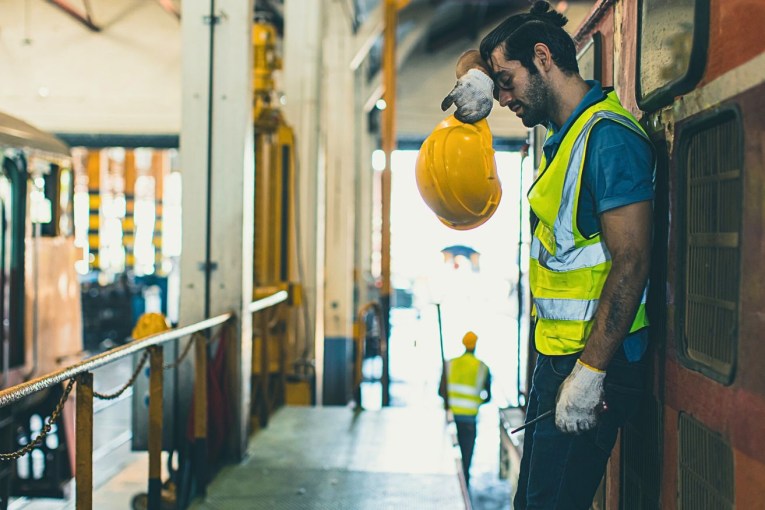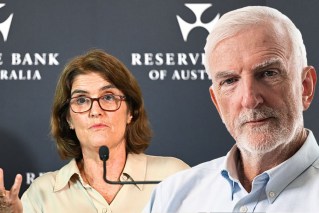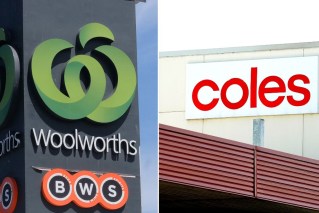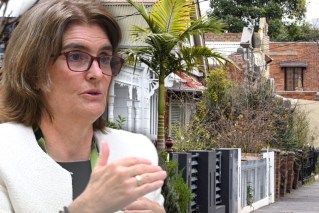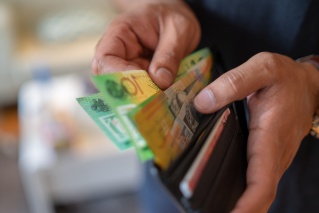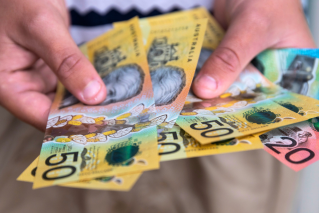Australia’s jobless rate lifted to 3.7 per cent in July
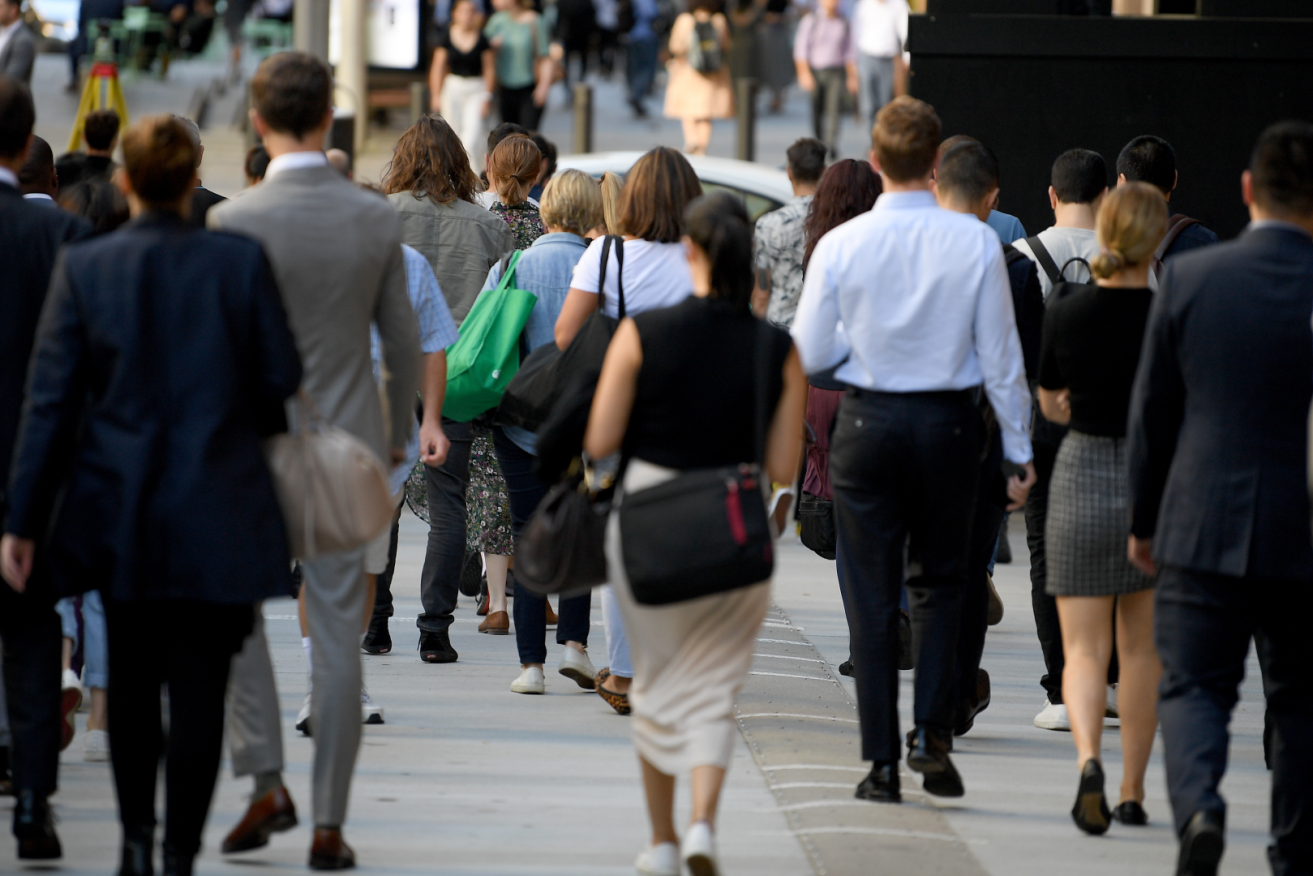
Australian employment decreased by around 7000 people in March, coming in below expectations of a 7200 job boost. Photo: AAP
Australia’s jobless rate has risen 0.2 percentage points to 3.7 per cent in July.
Economists largely expected the figure to hold steady over the month.
But the Australian Bureau of Statistics reported employment dropped by around 15,000 people and the number of unemployed increased by 36,000 people.
“The fall in employment follows an average monthly increase of around 42,000 people during the first half of this year. Employment is still around 387,000 people higher than last July,” ABS head of labour statistics Bjorn Jarvis said.
The participation rate also decreased 0.1 percentage point to 66.7 per cent.
Treasurer Jim Chalmers told the ALP national conference in Brisbane on Thursday it was a “difficult time for many Australians”, as global factors intensified cost-of-living pressures.
But he said inflation was moderating, wages were rising and the government was seeking to take the edge off rent, power, child care and health costs as well as permanently boosting welfare support.
“Our responsible economic management is working for Australia and already seeing progress made, but there’s much more to do,” he said, moving a more tightly worded party economic platform than that approved in 2021.
The government is expected to hand down the first surplus in 15 years when the final budget outcome is released in late September.
However, the economy is expected to weaken in coming months, with a new survey showing high levels of concern among managers about the potential for a recession.
The KordaMentha TMA Australia turnaround survey found 70 per cent of respondents anticipated a recession in the next 12 months, including 19 per cent who felt it would occur within six months.
Sectors facing the most stress included construction, consumer discretionary and commercial real estate, on the back of a rising cost base, higher wages and cashflow problems.
A recession is defined by two consecutive quarters where gross domestic product (GDP) falls.
The last official quarterly growth figure was 0.2 per cent, with the June quarter figure due to be reported on September 6.
– AAP
